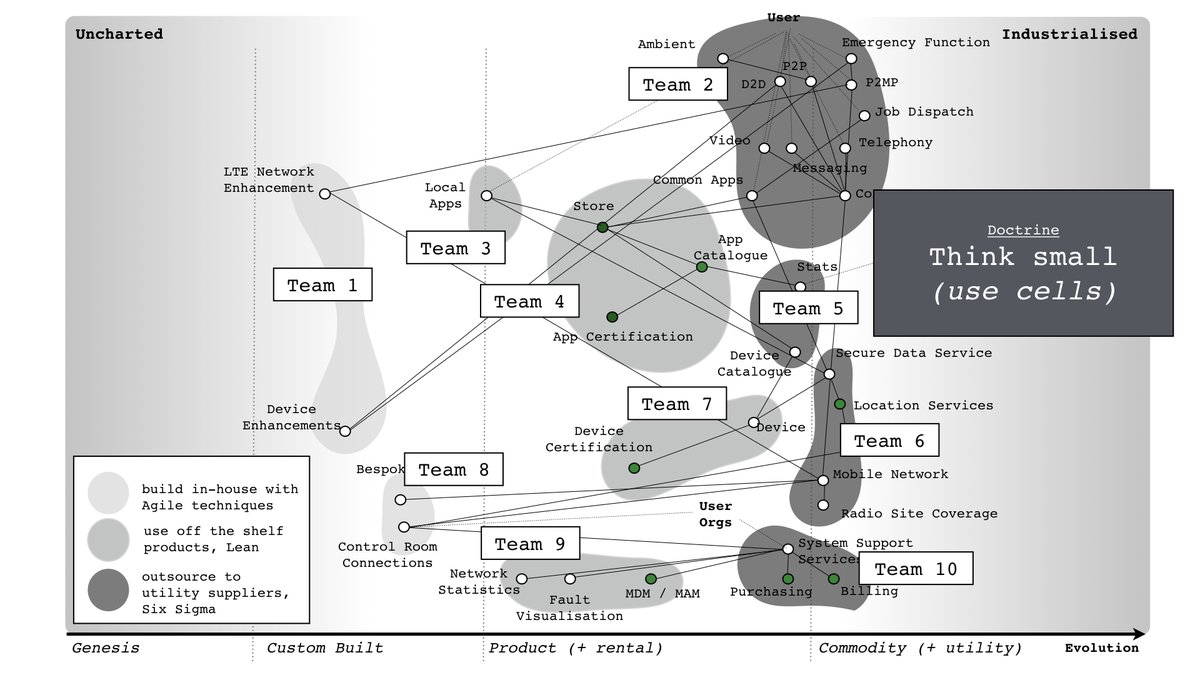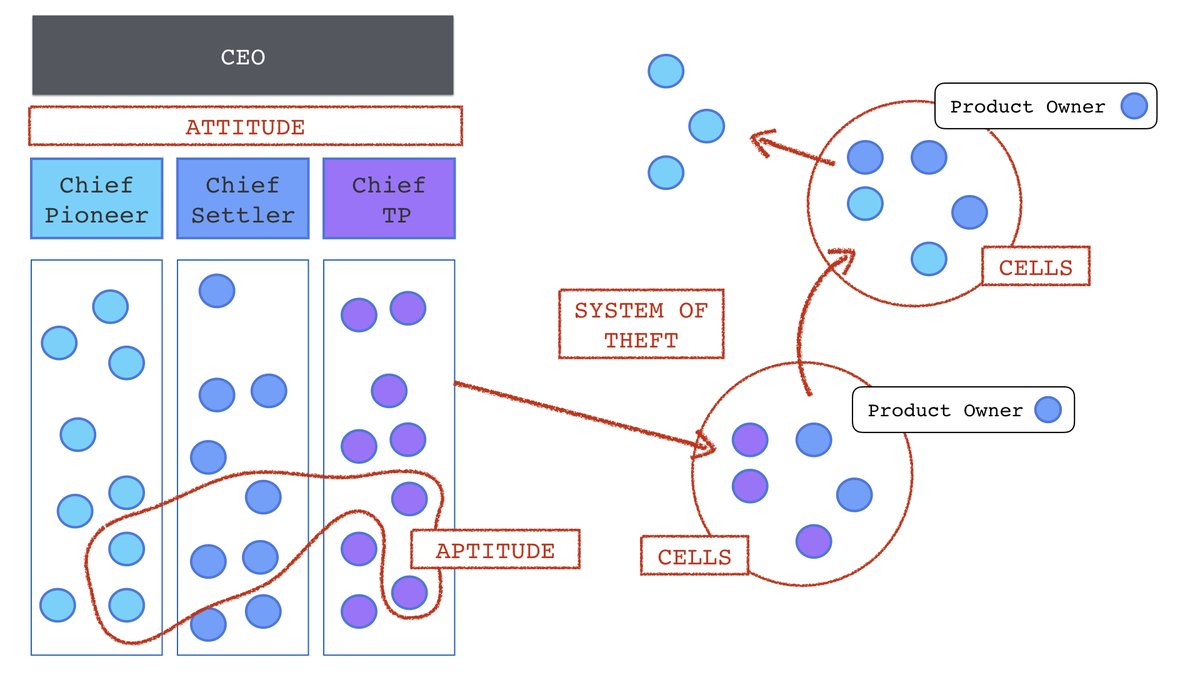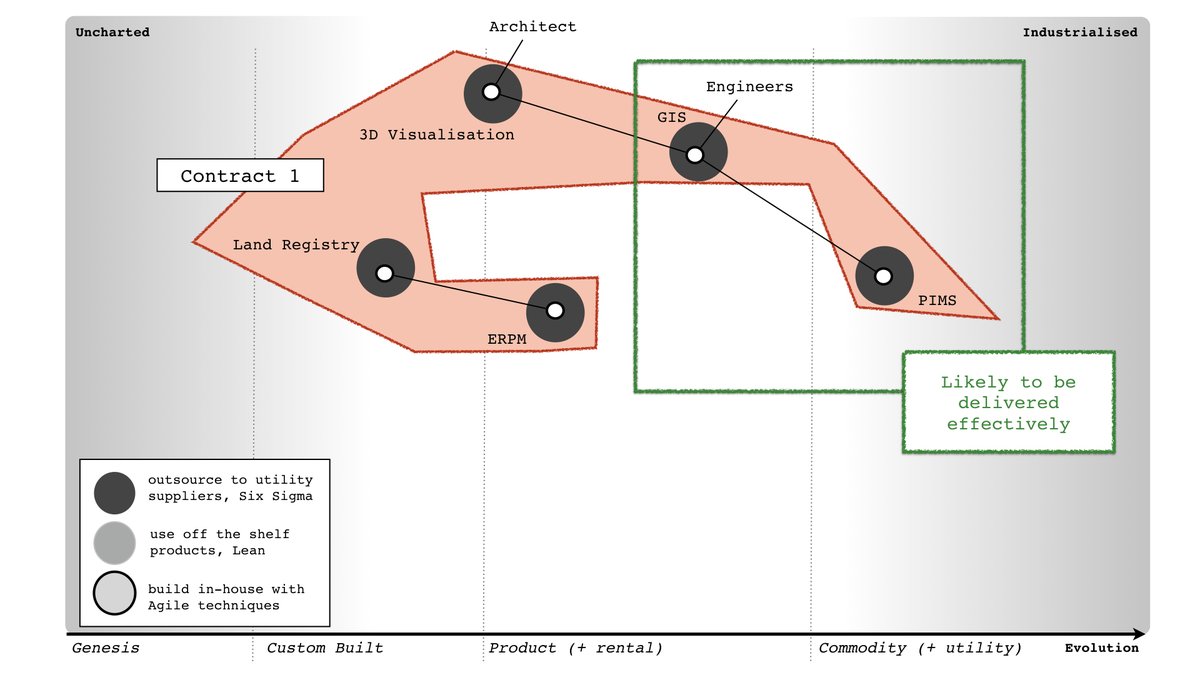Me : Hmmm ... I assume you mean XP (as in @KentBeck). It's excellent, a really good method in the right context.
X : So you would always recommend using it?
Me : In the right context, yes.
X : What's the wrong context?
Me : When it's not suitable.
Me : Use a map.
X : How does that help?
Me : Do you understand how things evolve?
X : You mean like better products?
Me : Hmmmm ...
This was solved 15 years ago. Outsourced a project and it led to massive cost overruns or Agile didn't deliver? Chances are, you're just an effing idiot.
Me : I have no time for those looking for a magic one size fits all. Map your landscape, apply some thought to it.
If you want a more forgiving version then talk to kind people like @kda, @HiredThought, @CatSwetel, @lunivore, @Rachel0404, @GoAgileGov etc etc.
Get involved, ask people for help.
Me : Seriously? Is this poke the bear until it chews your arm off day? It has a context in which it works but it is trying to become the magic one size all encompassing method.
Go Wagileleansigmafall that project!
Me : Cynefin is an excellent decision making framework, it helps you decide what to do / how to respond. Understanding your landscape can assist in that. They are complimentary and have a common basis.
Me : Ok ... well ...
Here ends the lesson, circa 2006.
Me : Whoops. You're spot on.I did. Typos and no edit function ... oh well. At least others are thinking.
Me : Whilst I don't disagree with splitting into small parts, that's not quite the whole picture.
X : Explain.
I can but then I've cheated. I also have a map.
Me : Not often. Mostly they continue with what they've already decided, mess up royally and then look a bit sheepish next time they see me. This stuff really is easy but you'd be amazed ...
Me : Oh gosh ... how many months have you got? I thought, once a day for a week or two that I'd just extend this thread with some basics. It's an easy format.









































